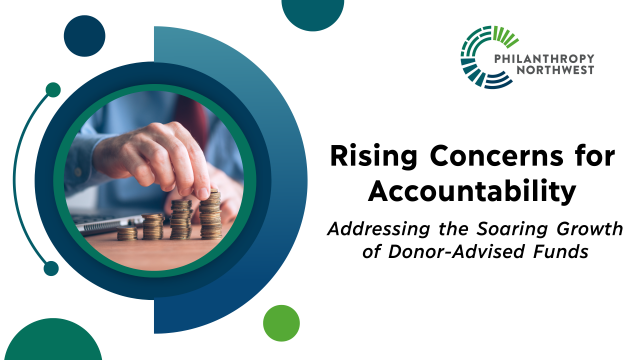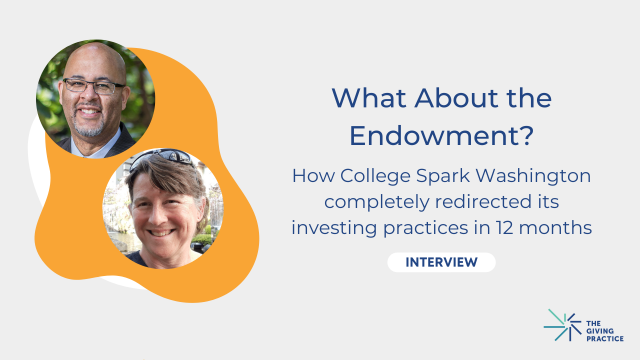There is nothing like impact investing to bring mental models to the fore for foundation boards and investing committees. We all have our view of impact investing, and it is often based on “something I heard” or a random example.
That is a problem because impact investing is a big wide umbrella that encompasses everything from screened endowment stock holdings, to bonds that target local issuances (like the one Philanthropy Northwest members can invest in), to direct investments in local nonprofits. It is all impact investing, and board and investing committees will find they have a lot of choices when they start exploring.
Whenever I first train foundation boards on impact investing, I ask them to suspend their mental models about it and to adopt these mantras:
- Impact investments are available in nearly every asset class.
- Impact investments are available with returns that range from 0% to market rate.
Then we examine lots of examples of impact investments made by other foundations. We talk about the pros and cons, considering which impacts and what financial return goals might fit at their institutions.
Lately, I have also been able to share this excellent case study from The Russell Family Foundation (TRFF) showing how they've adopted impact investing across the entire endowment portfolio. This is a great learning tool for foundations, with special credibility since the Russell family business happens to be managing wealth.
It can be reassuring – and surprising – to learn that TRFF expects to earn market-comparable financial returns in all parts of its impact portfolio. This challenges one prevalent mental model: that impact investing means low financial returns.
Not every foundation will want to follow TRFF’s approach (the foundation now applies impact considerations in all the foundation’s holdings). In fact, most foundations will likely start the way TRFF did: making a few initial investments that allow the board and investment committee to try things out and gradually build a program that fits. I have found that there is not a one-size-fits-all model in the impact investing business and that every foundation has to be its own leader.
Most important, boards and investment committees have to be aware that impact investing requires flexibility in mental models, both for how “we’ve always done things” with investing, and for what impact investing can and will be at our institution.


